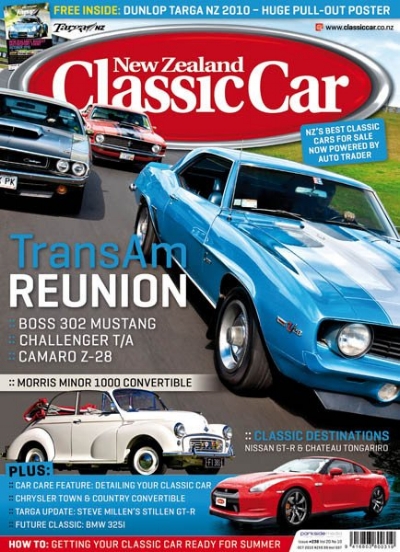Between the golden years of 1968 and 1972, the TransAm race series became a major slug-fest as US auto-makers fielded cars that are now widely regarded as being the best of the classic muscle-car breed. We reunite three of the top TransAm contenders.
The Trans American Sedan Series — more usually referred to as TransAm — was first established in 1966 under the aegis of the Sports Car Club of America (SCCA). Originally intended as a manufacturers’ championship, the series encompassed two classes – under and over 2.0-litre – with both classes racing together.
The first race in the new series was at Sebring on March 25, 1966, with 44 cars lining up for the start and the field featuring 35 under 2.0-litre cars. This first TransAm race was totally dominated by Alfa Romeo GTAs; they finished in four of the first five positions. However, amongst the smaller cars there was also a smattering of larger, V8 racers – a trio of Plymouth Barracudas, three Mustangs, two Chevrolet Corvairs and a single Dodge Dart.
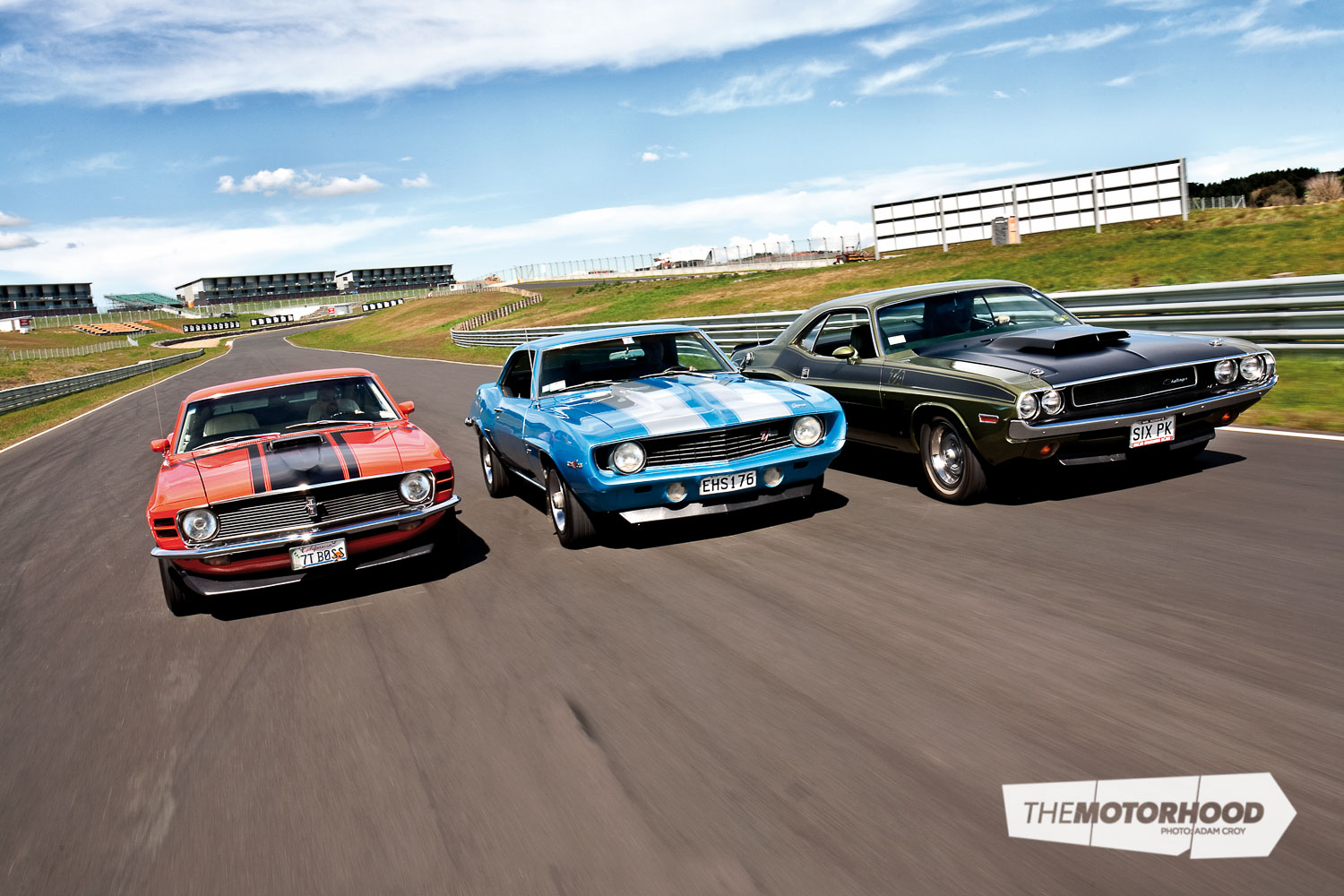
During the course of that first season the majority of the factory support came in the lower capacity class – with entries from Alfa Romeo, Mini Cooper and Lotus-Cortina. Some famous European drivers would front up in these cars, including future F1 world champion Jochen Rindt, Paddy Hopkirk (in a Mini, of course) and even Alan Moffat, who raced a Lotus-Cortina during the early years of the series. Later, even Porsche would get in on the act by persuading SCCA that its 911 was actually a sedan!
It didn’t take long for US automakers to realise they were missing out, with Mercury, Chevrolet and Ford all announcing works-backed teams for the 1967 TransAm series. The 1968-’72 period is generally considered to have been a golden one for the series, especially as it coincided with the pony car era. During those classic years TransAm racing was largely dominated by Mark Donohue – who raced Penske Camaros before moving to an AMC Javelin.
But all the big US manufacturers were now on board. Chevrolet was represented by the Z-28 Camaro, driven by Jim Hall, Vic Elford and Ed Leslie. Bud Moore’s Boss 302 Mustang team was headed by Parnelli Jones and George Follmer, while Sam Posey headed up the Autodynamics team in his Dodge Challenger T/A. Other notable contenders included Dan Gurney and Swede Savage (AAR ’Cuda); Jerry Titus (Pontiac TransAm); Charlie Rainville and Bruce Jennings (Mercury Cougar) and Roger Penske’s Sunoco-sponsored team of AMC Javelins.
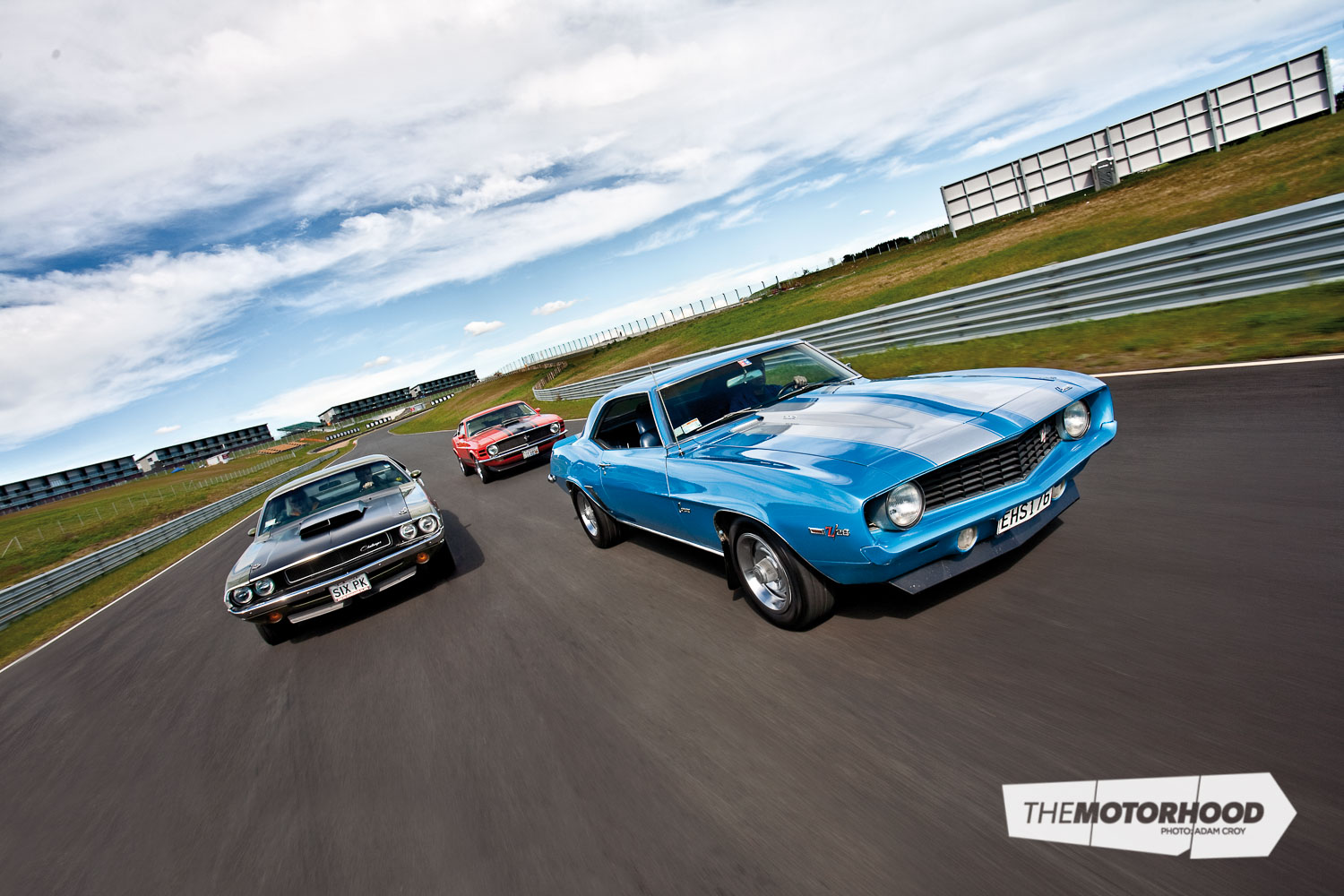
The TransAm series slowly began to lose it lustre after 1972 – the absolute power of the cars involved was slowly being curtailed following the oil crisis of the early ’70s. However, apart from a gap following the 2005 season, the TransAm series continues to this day – and once again European cars dominate the series, with the Jaguar XKR having ruled the TransAm roost for several years. But for US classic muscle car enthusiasts, the years from 1968-’72 are still regarded as being the best. And at its best, TransAm racing was a real action-packed, vehicle-bruising championship featuring powerful V8 muscle cars in the hands of some of best and most fearless drivers of the day.
1969 Z-28 Camaro
In Z-28 form the Camaro was designed to compete against the Mustang in the TransAm racing series, and it even stole two championships from Ford’s pony car in the late 1960s. What made the Z-28 legendary, however, were the road-going versions, which were basically mildly tamed race-cars. The 1969 Z-28 Camaro wasn’t exactly the fastest muscle car on the block, but with its unique combination of brake, engine, exhaust, and induction options, it was arguably the most desirable Z-28 of all.
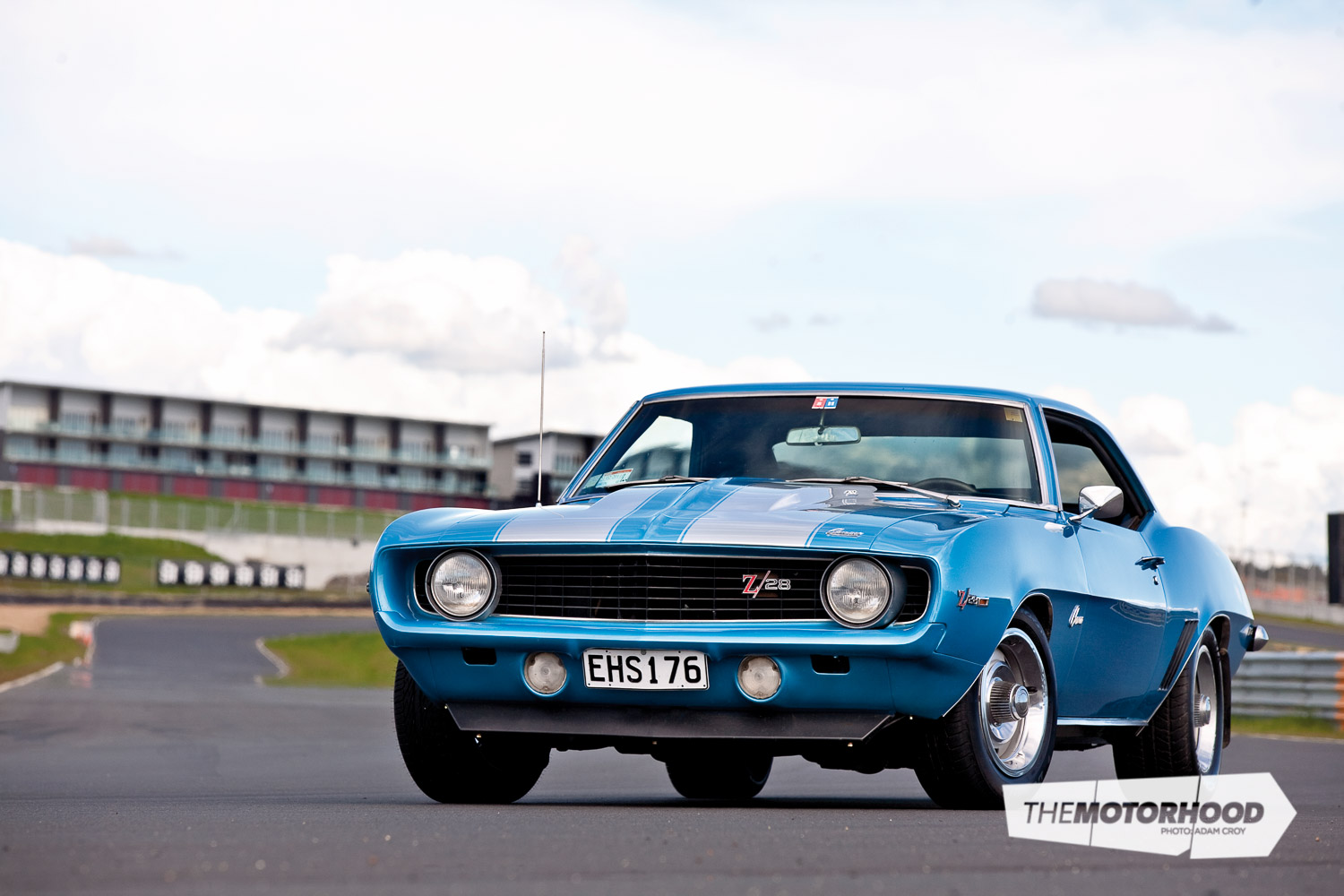
The 1969 Z-28 package included the F41 handling suspension, which incorporated uprated springs and shocks, while the rear live axle also had staggered positioning on the shocks to help control axle tramp during fast take-offs. Front disc brakes were standard on the 1969 Camaro Z-28, and four-wheel discs were also offered for the first time – taken straight from the Corvette.
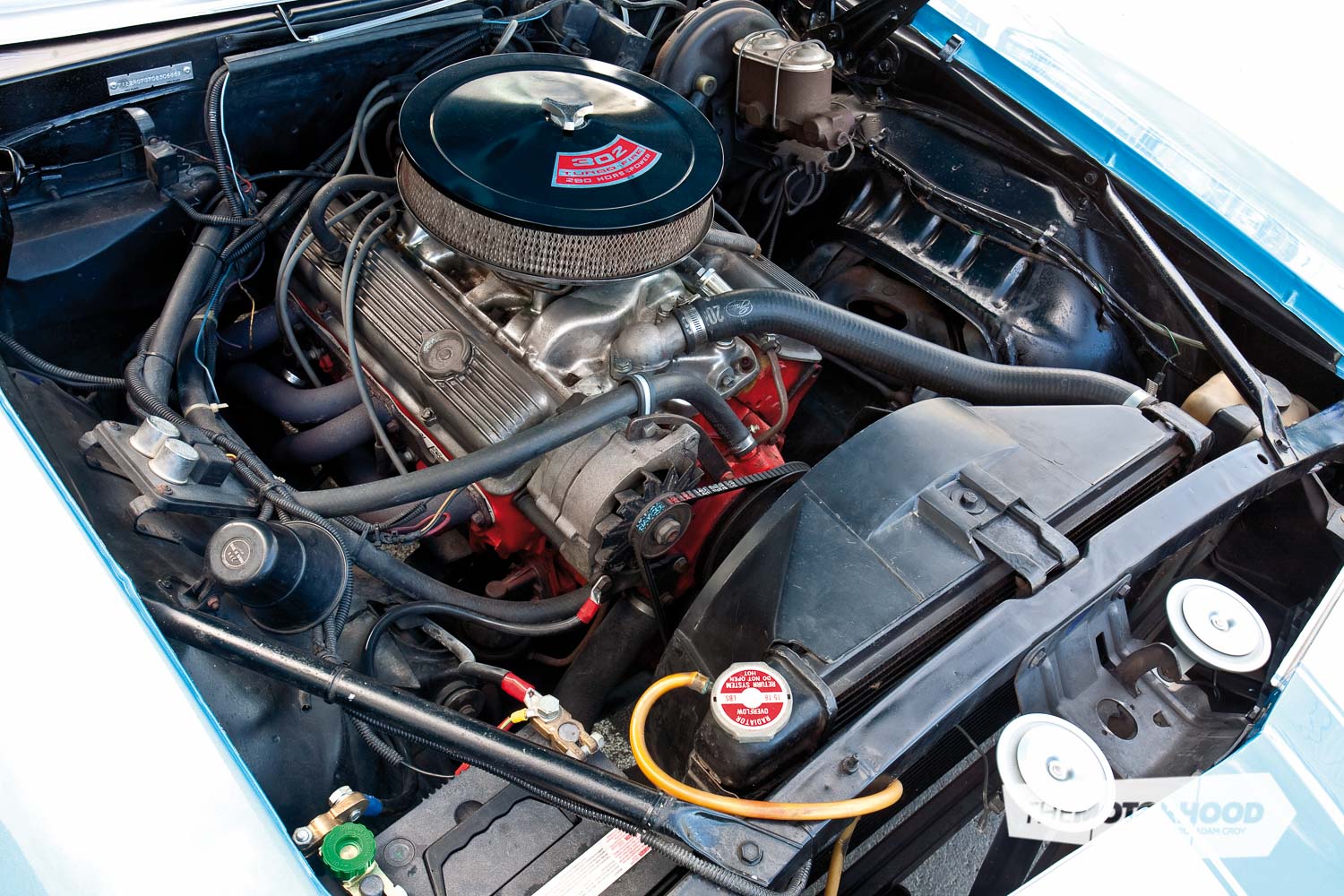
This option cost US$500, so it’s not surprising that only 206 sets were delivered, about half going to full race-cars. Also, courtesy of Corvette were Rallye Steel rims with six-inches (152mm) of width shod with E70X15 raised-letter tyres to improve handling.
The high-revving, solid-lifter 5.0-litre (302ci) V8 with an 850cfm four-barrel carburettor was again exclusive to the Z-28, and 298kW-plus dyno tests made a complete mockery of the quoted 216kW rating.
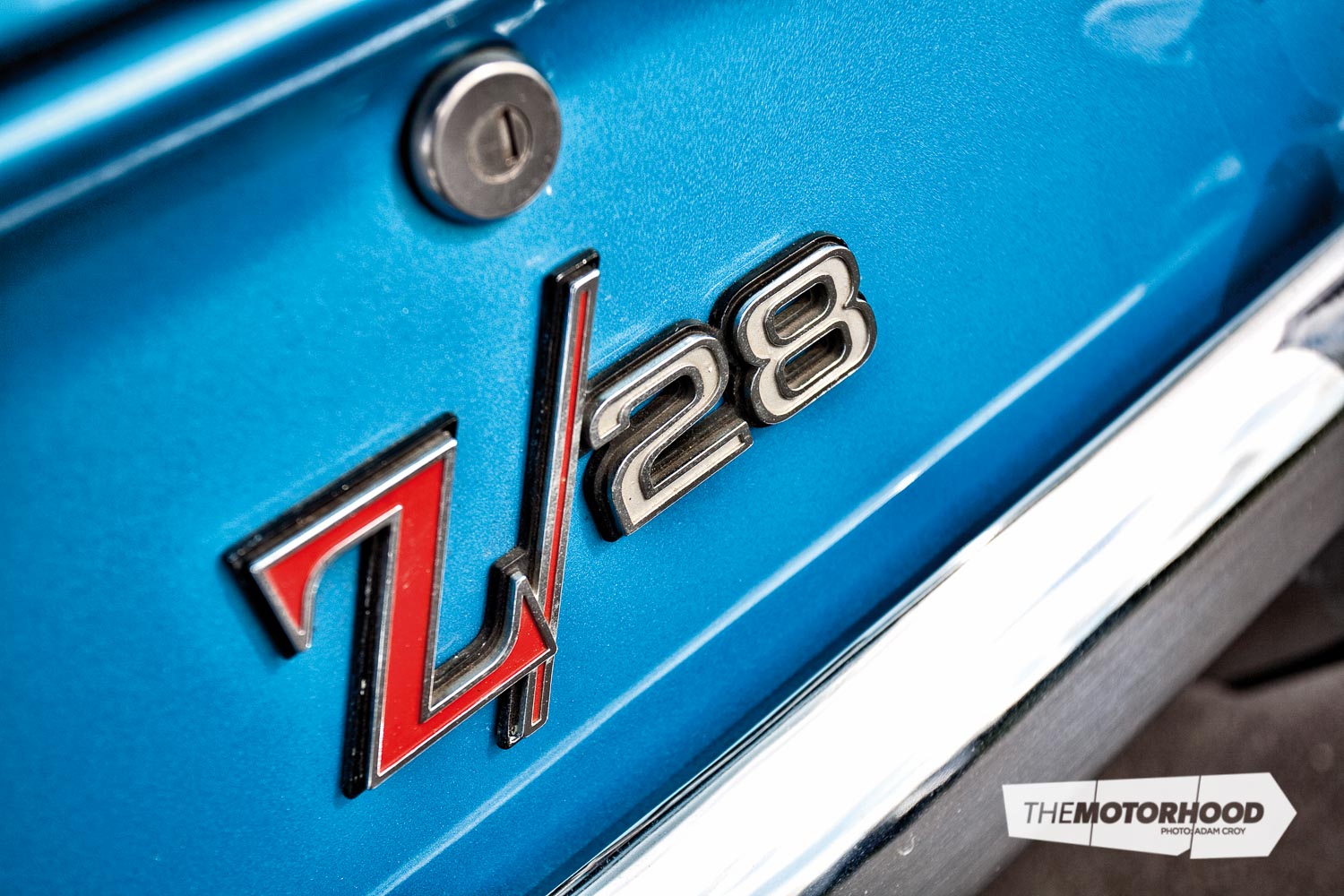
Dealers also got in on the act by offering dual four-barrel carburettor options, including twin 600cfm Holleys on a cross-ram manifold and chambered exhaust pipes – possibly the least-restrictive exhausts ever offered on any new Chevrolet. This super high-revving V8 needed air and lots of it, so another functional option unique to the 1969 Chevrolet Camaro Z-28 was a cowl-induction hood which operated via a valve that snapped open at 80 per cent throttle to draw in cool air from the base of the windscreen.
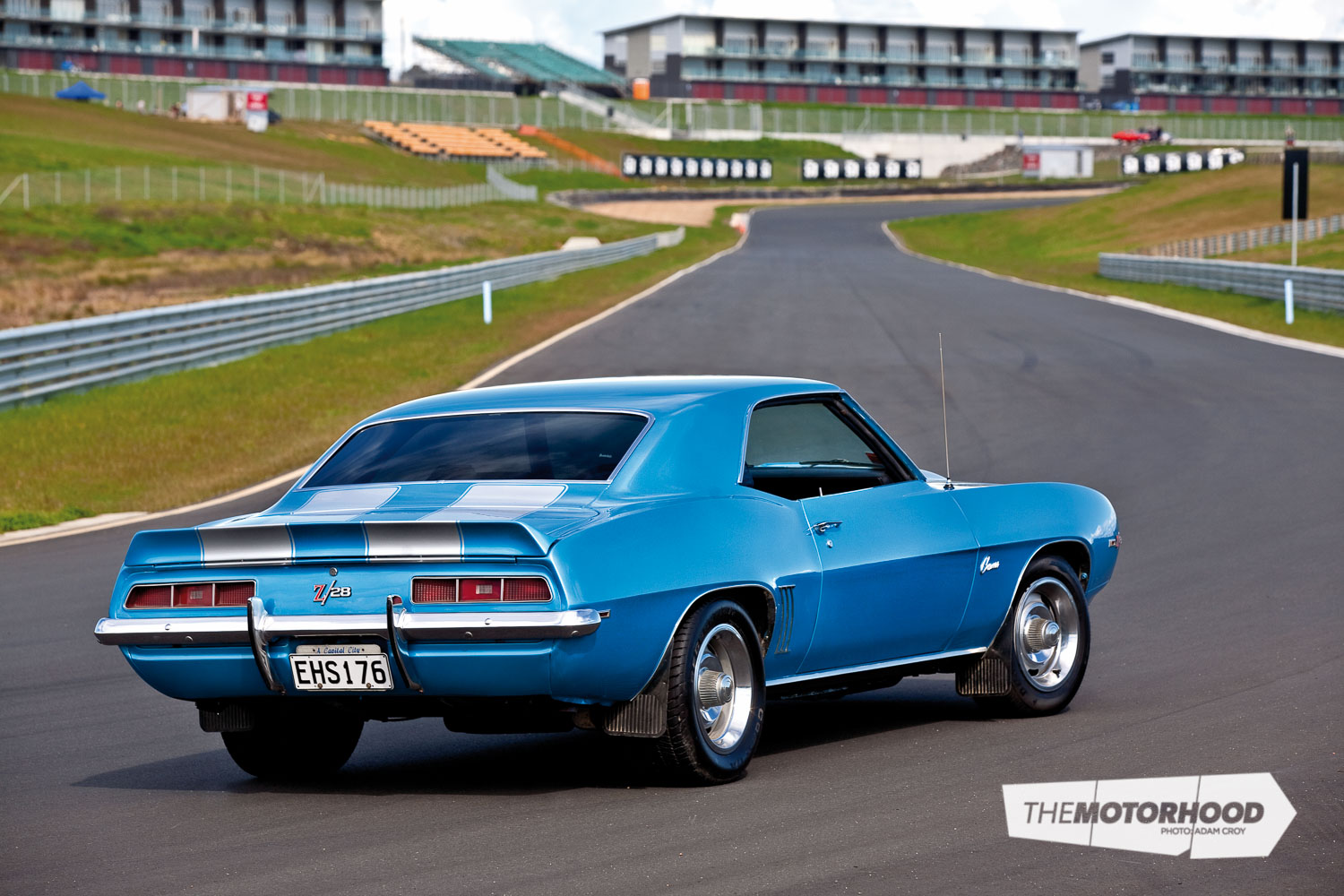
The 1969 Chevrolet Camaro Z-28s again came only with a Hurst-shifted close-ratio four-speed gearbox with 3.73:1 final drive ratio as standard, with up to 4.10:1 available. The Positraction differential was offered as an option for those requiring added traction. As expected, the 1969 Z-28 Camaro had impeccable road manners, aided by power steering that was both quick and offered a sense of that all important road feel.
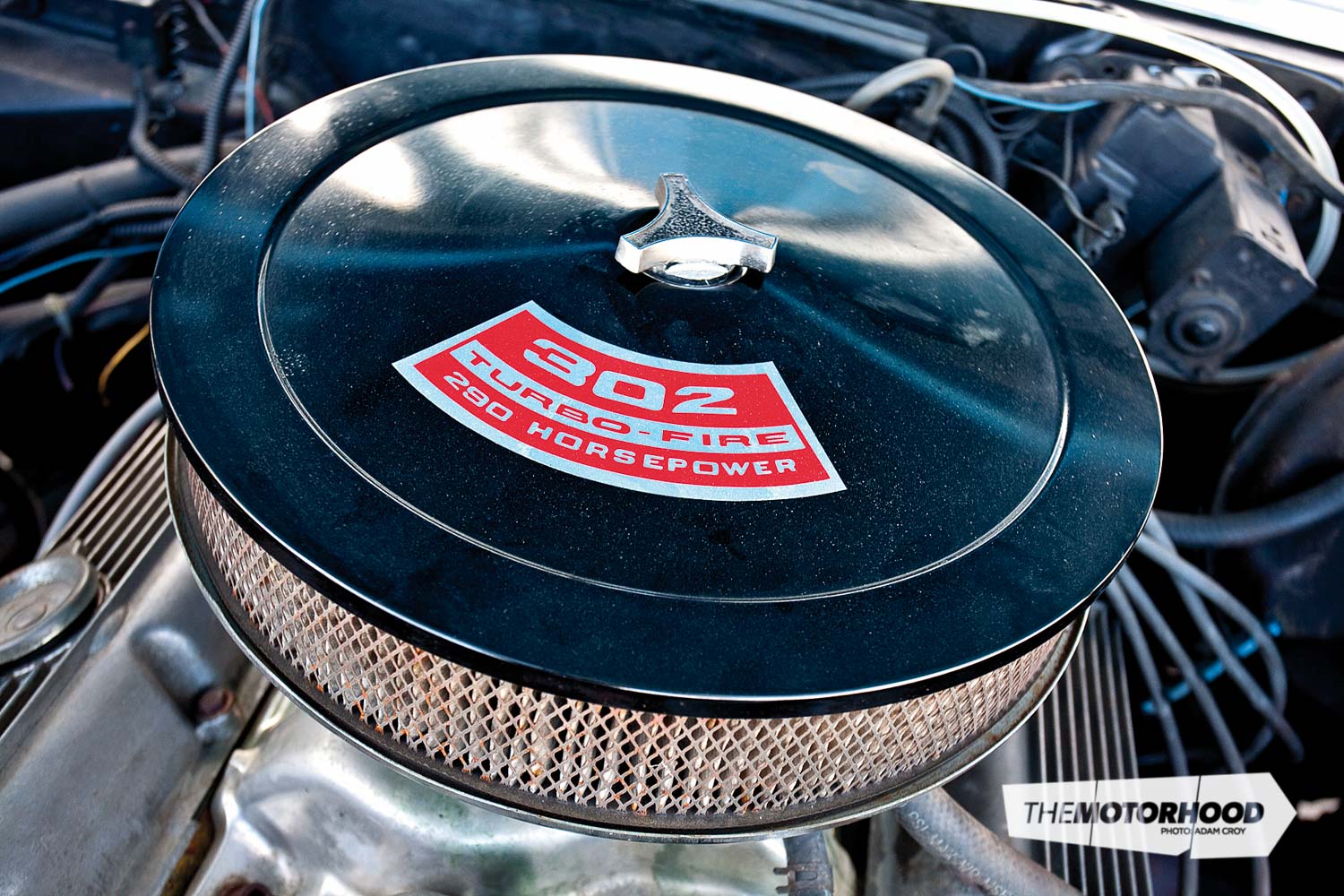
The ’69 Z-28 was without doubt one of the hottest-looking rides of the classic muscle car era, highlighting what Chevy stylists could do to express utter performance and excitement.
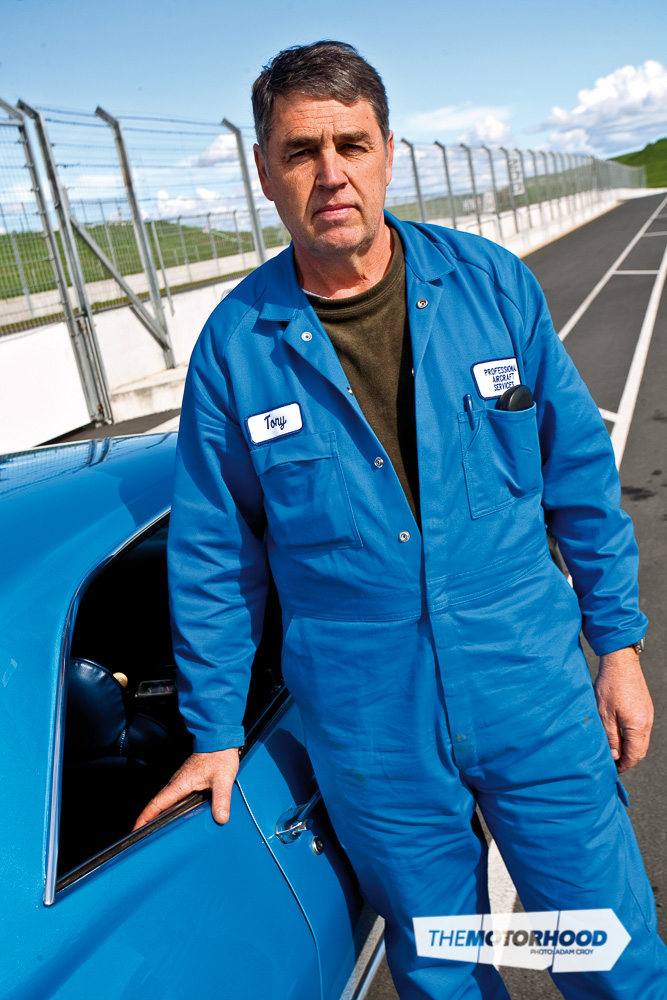
Tony Antonievich: 1969 Z28 Camaro
Tony Antonievich purchased his 1969 Z-28 Camaro from Max Baker (the NZ Funny Car driver) in the US back in 1989 whilst working for John Woodner Racing. The Camaro was used as the family car in the US before returning to New Zealand a year later.
Tony and his family have enjoyed this genuine Z-28 Camaro for over 20 years, and Tony certainly doesn’t mind admitting that the trusty old Chevy has had its fair share of use.
Originally white, the Camaro now wears a Le Mans Blue paint scheme, a period Chevrolet colour for that year, and the blue interior is factory standard except for an after-market steering wheel.
The Chevrolet 5.0-litre (302ci) V8 has been freshened up according to Tony, but after looking closely at it during our photo-shoot at the Hampton Downs race track, it would be fair to say it’s had more than a light work over. However, Tony’s not letting on. The four-speed Muncie gearbox, diff and suspension are still basically stock items apart from new bushes and other maintenance items that have been replaced.
The Z-28 complements Tony’s other car, the beautifully restored ex Dennis Marwood racing TransAm Camaro as featured in our February issue this year.
1969/70 Boss 302 Mustang
During the ’60s Ford had been heavily involved in motor racing, spawning the famous catch phrase – “Win on Sunday, sell on Monday” – thanks to Carroll Shelby, who won the Sports Car Club of America (SCCA) TransAmerican (TransAm) Sedan Racing series in 1966 and 1967.
Ford built the Boss 302 engine in direct retaliation to Chevrolet’s Camaro Z–28 win in the 1968 TransAm series.

The 1960 year had been dismal for the Mustang and Ford knew it had to create something special if it was to win back the TransAm championship.
The legendary Boss 302, otherwise referred to as the Ford Boss 302 Mustang, certainly isn’t what most people think it is. In fact, it’s a Ford Mustang built in 1969 and 1970, named and based entirely on an engine, a special purpose-built race engine. The final creation was a hybrid small block 5.0-litre V8 built by taking the heads from the Ford Cleveland (manufactured in 1970) and adding them to the four-bolt heavy-duty block of the Ford Windsor (manufactured in 1962). It proved to be very powerful, and capable of outperforming the Camaro Z-28.
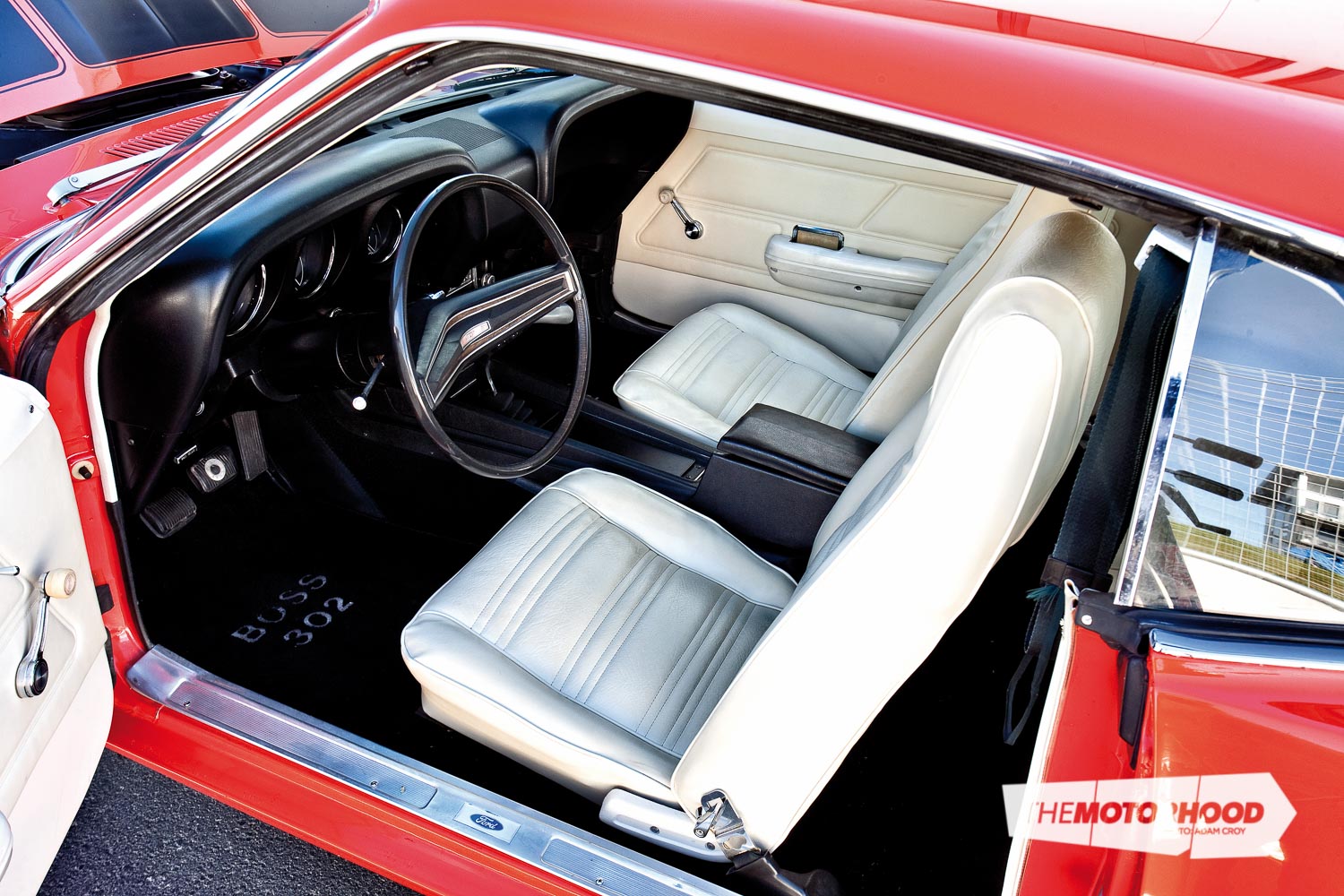
Actually, the real magic behind the Boss engines comes from the canted-valve Cleveland cylinder heads. While the Boss 302 was normally considered a 302 with 351 Cleveland heads, these canted-valve heads were used first on the Boss before the rest of the Cleveland was developed. The heads also featured steel spring seats, screw-in rocker studs, pushrod guide plates, and adjustable rocker arms.
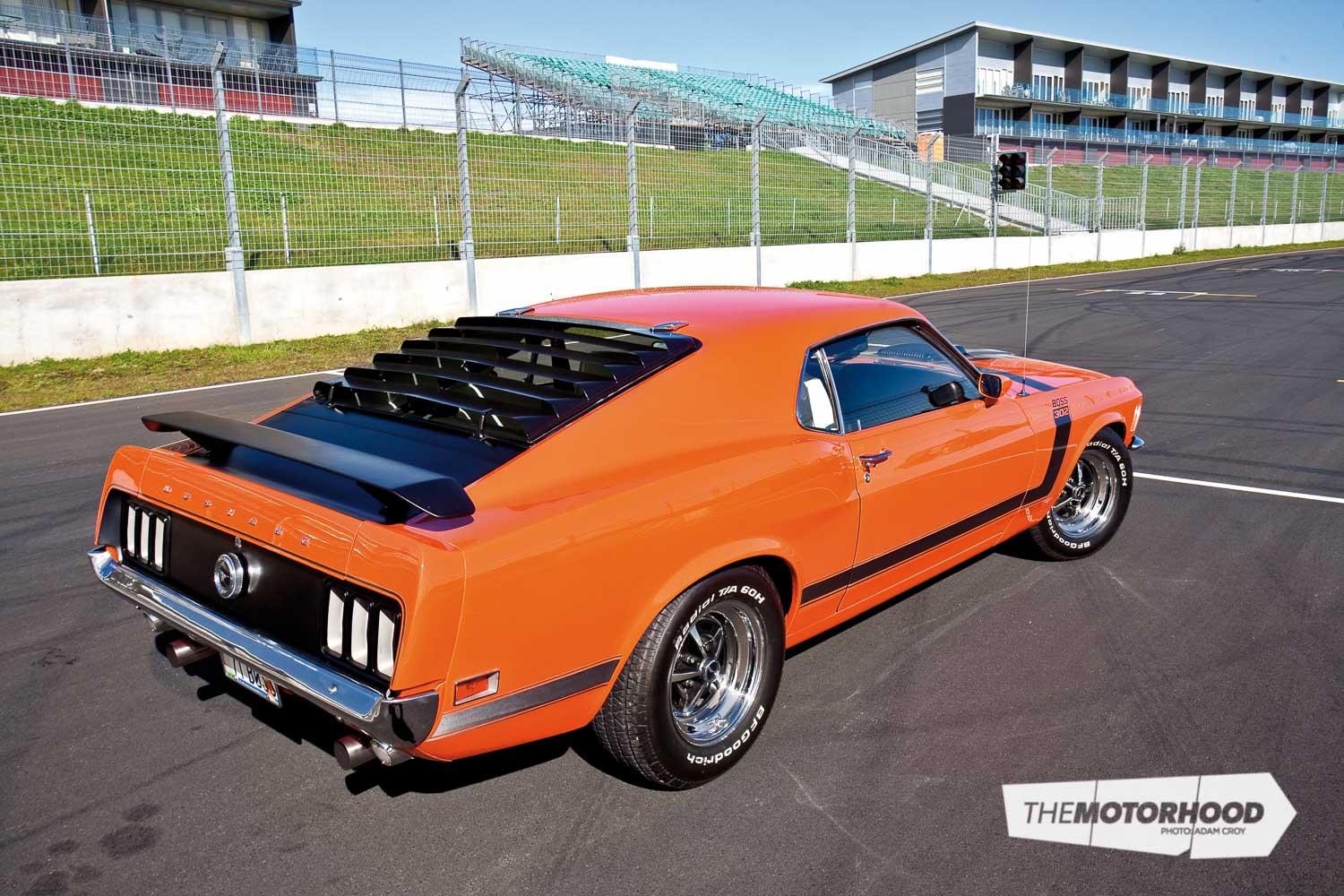
In order to abide by SCCA regulations, which stated that manufacturers had to sell what they raced, Boss 302 Mustangs were offered to the public. Today, Boss 302 collectors and admirers from around the world can thank Larry Shinoda, a former GM stylist who worked at Ford and created the car’s unique styling. He also came up with the name Boss 302 for the car and engine that would go into production so that Ford could race in 1969 and 1970.
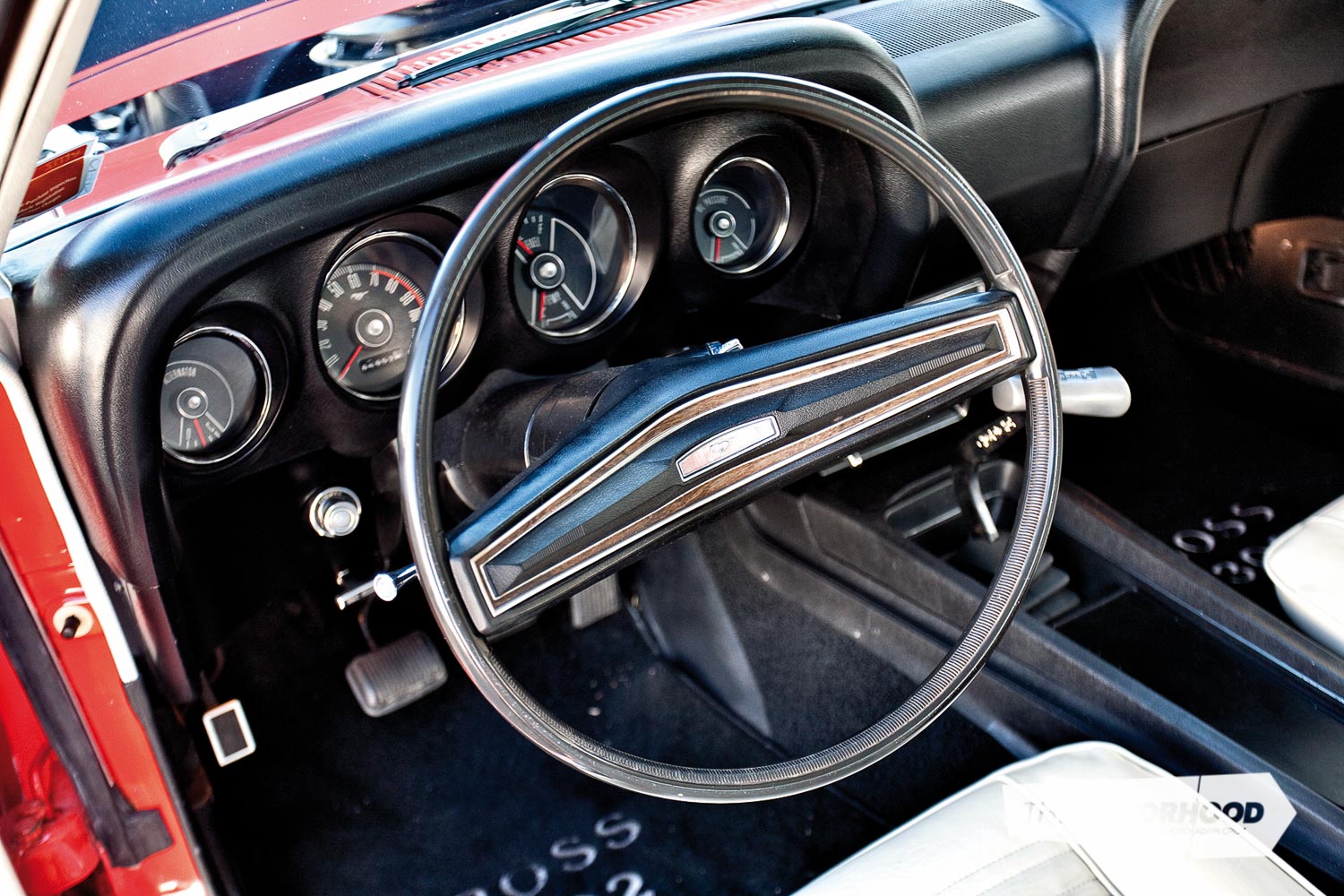
The Boss 302 Mustang could only be ordered with a four-speed, wide or close-ratio manual gearbox, and the body, a base Sports Roof, came minus the simulated side scoops.
The 1969 Boss 302 was only available in four colours; Wimbledon White, Bright Yellow, Calypso Coral and Acapulco Blue. Although a variety of interior colour options was available, black was used in most cases.
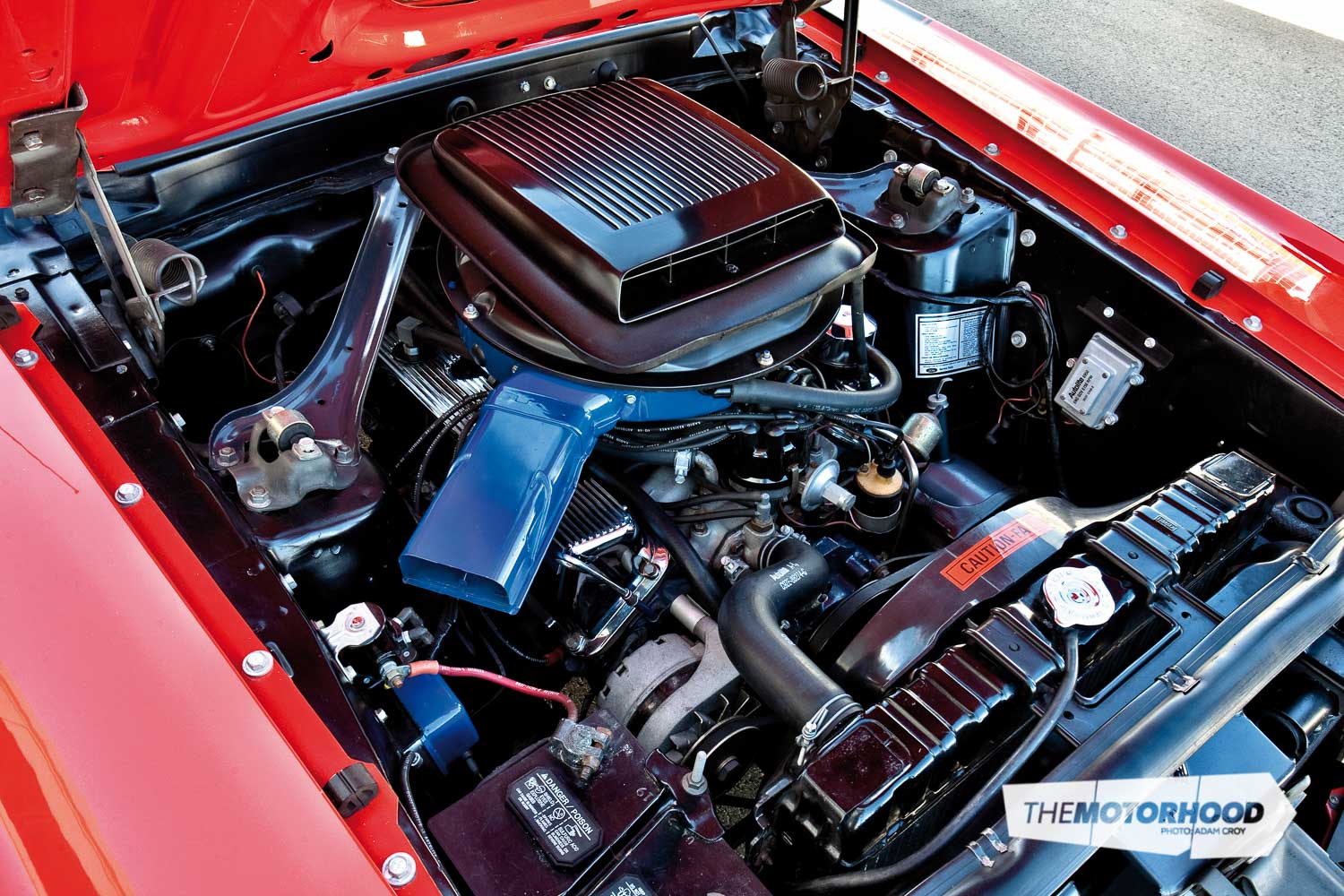
The 1970 Boss 302 was available in Grabber Blue, Grabber Orange or Grabber Green, Calypso Coral or Pastel Blue, with either a black or white interior. The 1970 Boss 302 also received a redesigned exhaust system and suspension, with aluminium valve covers replacing the chrome items found on the 1969 model.
The Boss 302 was finally retired and replaced with its successor, the Boss 429, in 1970.
Ford came close but did not win the TransAm title in 1969 with the Boss 302 Mustang, but it was more successful in 1970, taking out the TransAm championship and thus entering the history books.
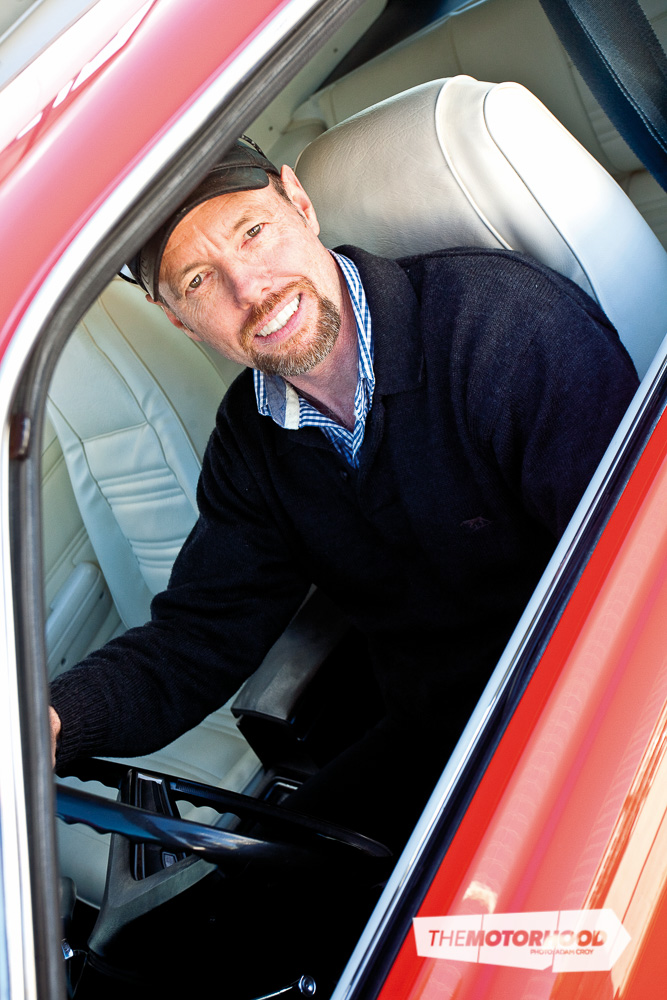
Gary McMurtrie: 1970 Boss 302 Mustang
Gary McMurtrie was looking to build a Mustang race car to enjoy a couple of years ago, either a Boss or Shelby-style replica, when his plans took an about face. Well-known Mustang restorer Malcolm Sankey mentioned a few collectable Mustangs were available from a deceased estate collection in the US, and would Gary be interested?
Initially, his thoughts were that he’d put his hand up for an original Grabber Blue 1970 Shelby GT350 Mustang from the collection. He then discovered that the collection also included a black, low mileage 1967 Shelby GT350 Mustang and our featured Calypso Coral 1970 Boss 302 Mustang and that all of these cars were still available for purchase – he ended up buying all three. The 1970 GT350 has since been sold, and Gary has kept the other two cars.
This 1970 Boss 302 Mustang has travelled only 65,000 original miles (104,607km) and was completely restored in the US by its previous, late owner.
Upon its arrival in New Zealand, it was sent to Matamata Panel Works for a complete check over and some attention to detail. The exhaust system was replaced and Bilstein shocks and stiffer coils were fitted to stiffen up the ride. A few panels needed re-gapping, and the engine bay was tidied up.
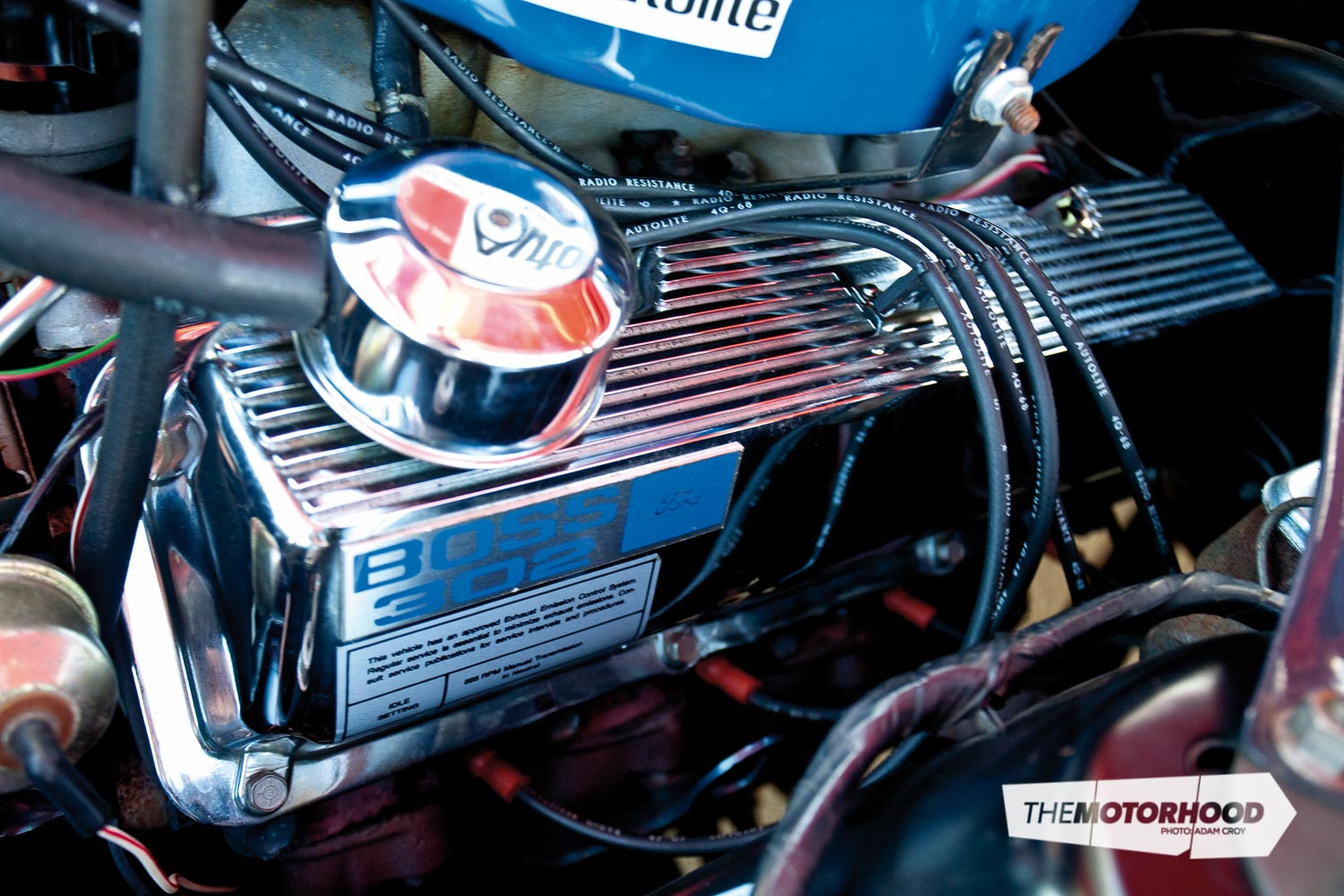
The Boss 302 is finished in its original colour scheme, and the white interior complements it nicely. The drivetrain is completely numbers matching and is optioned with the 3.91 diff ratio and front-mounted oil cooler, known as the ‘Drag Pack’, and ‘Shaker’ air intake.
As for Gary’s original idea about a race-car, after our session at Hampton Downs he’s got the bug again – so keep an eye out in these pages for something special.
1970 Dodge Challenger T/A
In keeping with the brand’s performance heritage, the Dodge Challenger went racing in its first year. To comply with the homologation requirements for TransAm racing Dodge built a street version of its race-car, which it called the Challenger T/A (TransAm).
The racing version of the Challenger T/A ran a destroked version of the 5.5-litre (340ci) engine, whilst the street version received three, two-barrel carburettors atop an Edelbrock aluminium intake manifold – creating the 340 Six Pack rated at 216kW, about 11 kW more than the original 340 engine and, oddly enough, the same rating as the Camaro Z-28 and Ford Boss 302 Mustang.
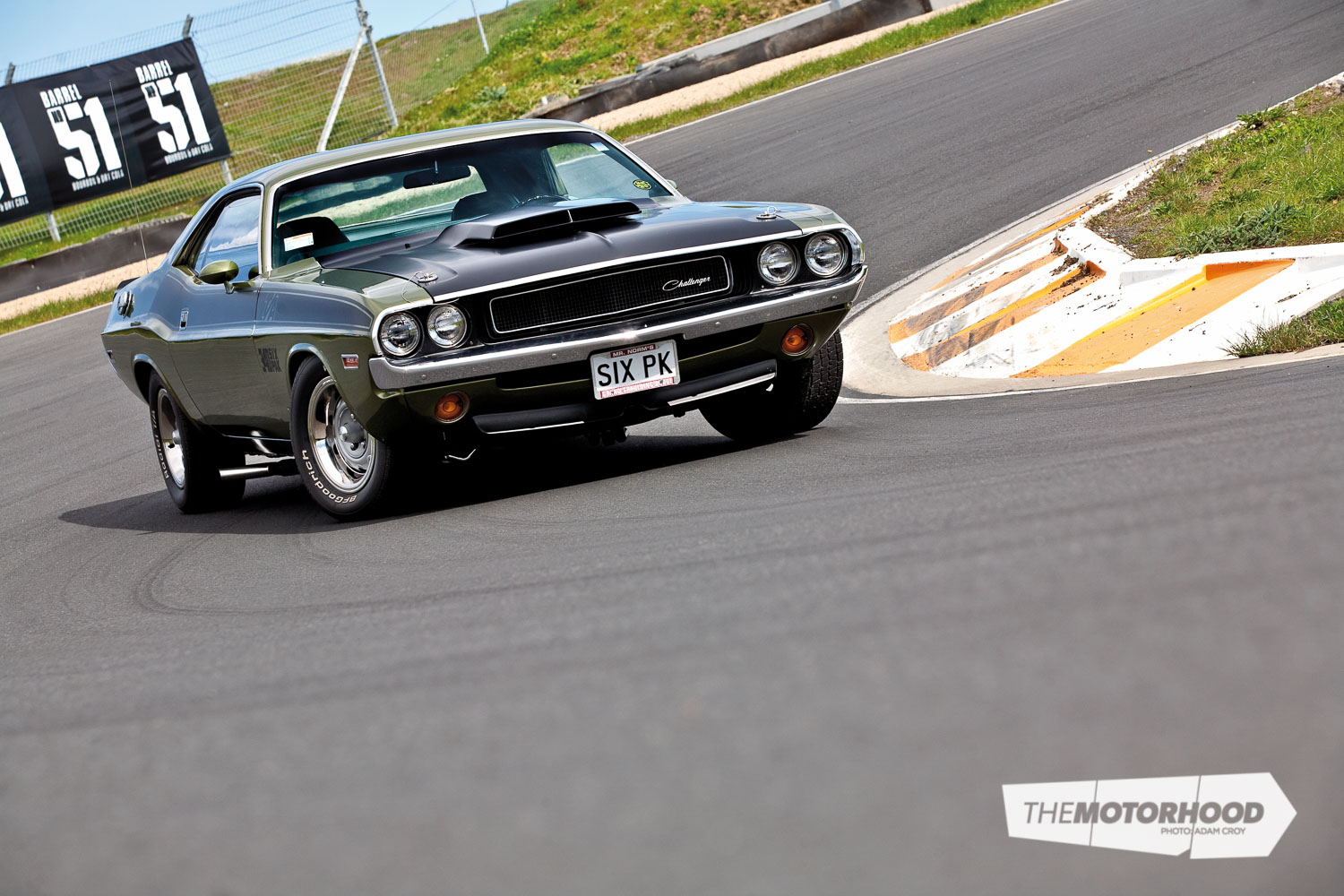
A massive suitcase-sized air scoop, moulded into a matte black, fibreglass bonnet pinned at the front to hold it down, provided the copious amounts of air required for the triple carburettor set-up, and a dual low-restriction exhaust system running through the standard muffler location, then reversing direction to exit in chrome-tipped outlets in front of the rear wheels, was part of the T/A package.
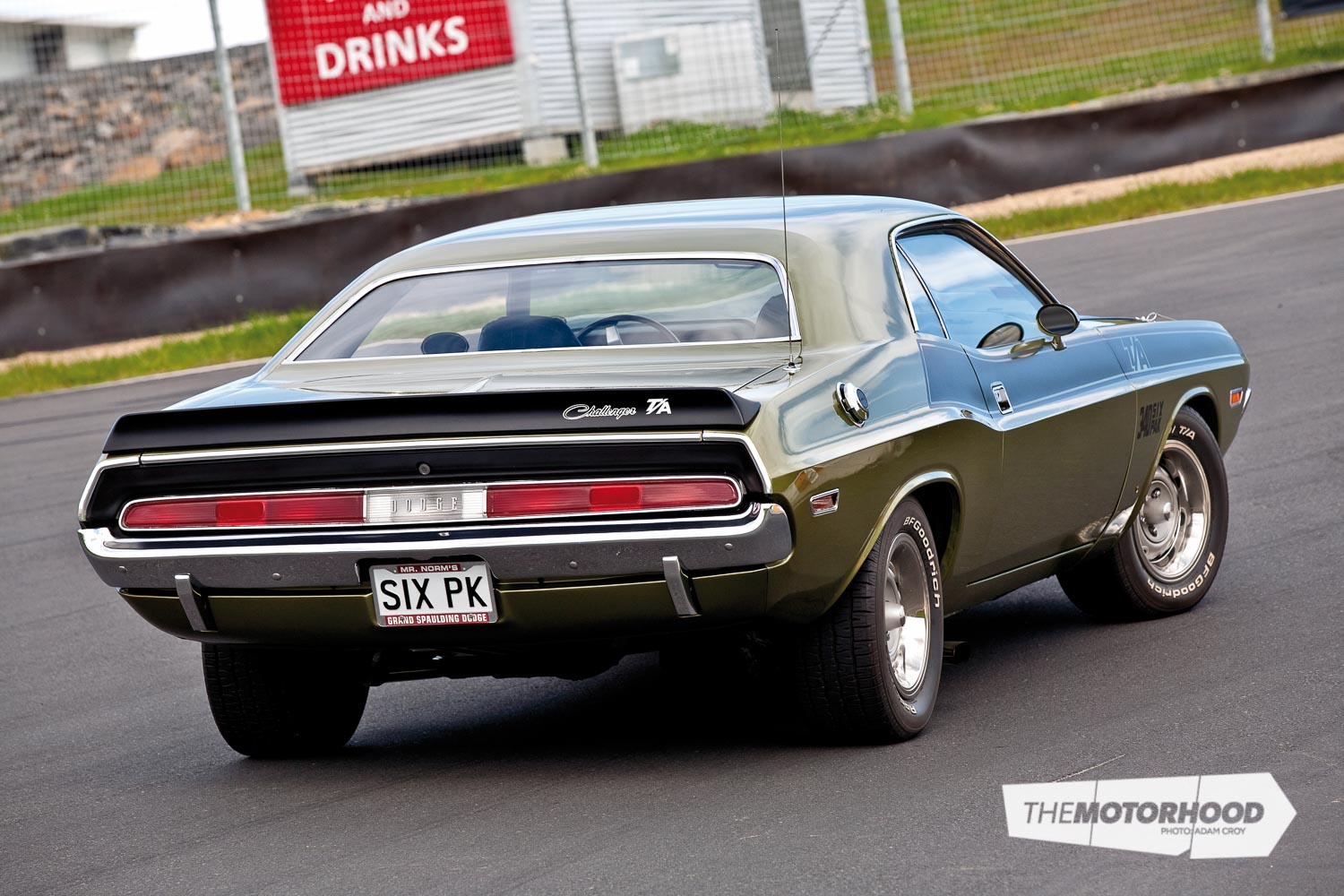
Other Challenger T/A options included the TorqueFlite automatic or pistol-grip Hurst-shifted four-speed transmission, a 3.55:1 or 3.90:1 ratio differential and manual or power steering. Front disc brakes were standard. The specially designed, heavy duty Rallye suspension increased the rear spring ratings, and the T/A was the first US muscle car to use different size tyres front and rear to give the car an aggressive, racing stance, with E60x15 fronts, and G60x15 at the rear.

The raked camber angle elevated the tail enough to clear the wider rear rubber and its side exhaust outlets. The racing image was further enhanced with wide dual side stripes, bold ID graphics, a fibreglass ducktail rear spoiler, and a fibreglass front spoiler, whilst the interior was strictly stock Challenger.

The Challenger T/As scored a few top three finishes in the TransAm series in 1970, but lack of a development budget led to Dodge leaving the series at the end of the season. Sam Posey drove the lone TransAm racing Challenger, a car prepared and run by Ray Caldwell’s Autodynamics Race Shop. While Posey didn’t win a race in the No 77 Challenger, he did finish fourth overall after the final points table had been tallied for the 1970 season.
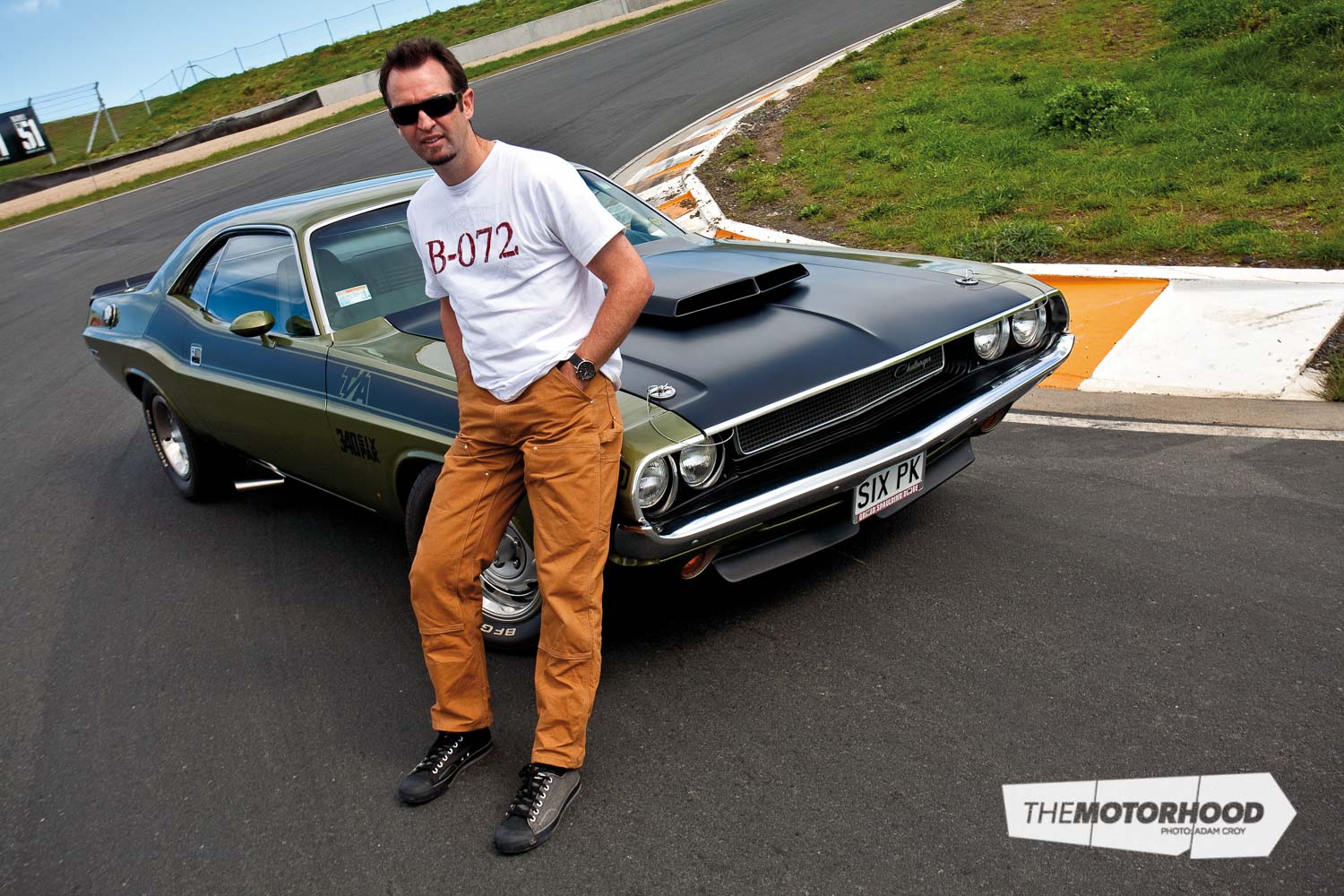
Allen Lindsay: 1970 Dodge Challenger T/A
After searching for a low mileage, original Dodge Challenger for over a year, Allen Lindsay finally stumbled across this outstanding example in San Francisco in 2007. The car was exactly what he had been looking for, and had been parked up in a barn for over 20 years alongside another Challenger T/A, which Allen believes could still be there, but certainly not for sale.
The Challenger T/A was also completely dry and rust free, typical of cars found on the West Coast, and was completely original, with a numbers-matching drivetrain and two build sheets proving its authenticity. The original 31,000 miles (49,890km) showing on the odometer was further proof that this car had been stored for many years.
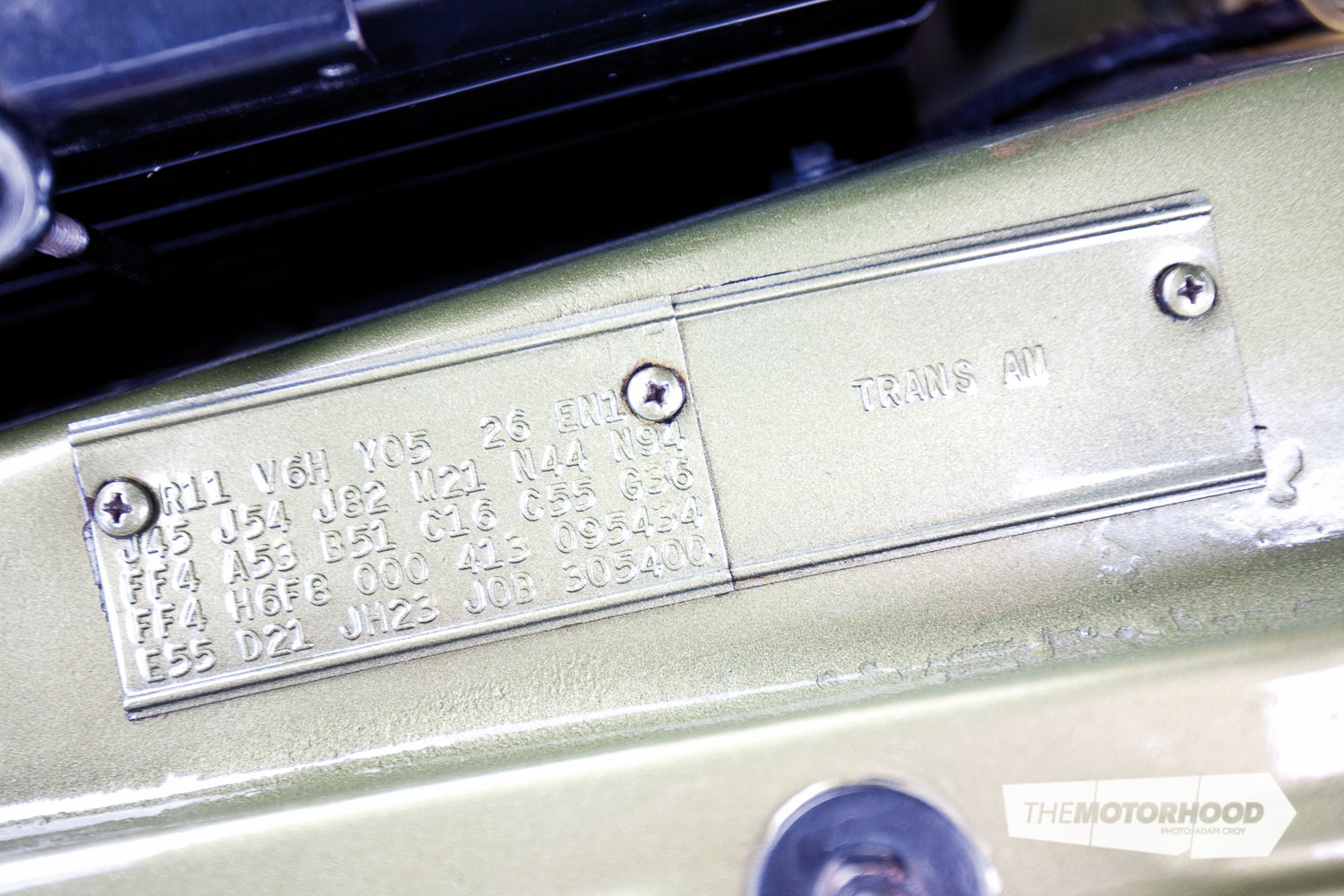
Allen brought the car back to New Zealand in 2007 and has since restored minor items such as brake rotors, brake master cylinder and suspension bushes – all testament to the fact the car had been sitting for many years. The 340 Six Pack V8 engine still sounds crisp and menacing, and is still completely original, as is the four-speed manual gearbox.
According to Allen the Challenger T/A isn’t a showstopper. I beg to differ, and it suits Allen down to the ground, especially as he prefers to enjoy driving this the rare beast whenever time permits. Allen is no stranger when it comes to Mopars, in fact his previous award-winning Plymouth ’Cuda featured amongst these pages not too long ago.
This article originally appeared in the October 2010 issue of New Zealand Classic Car. You can pick up a print or digital copy below.
